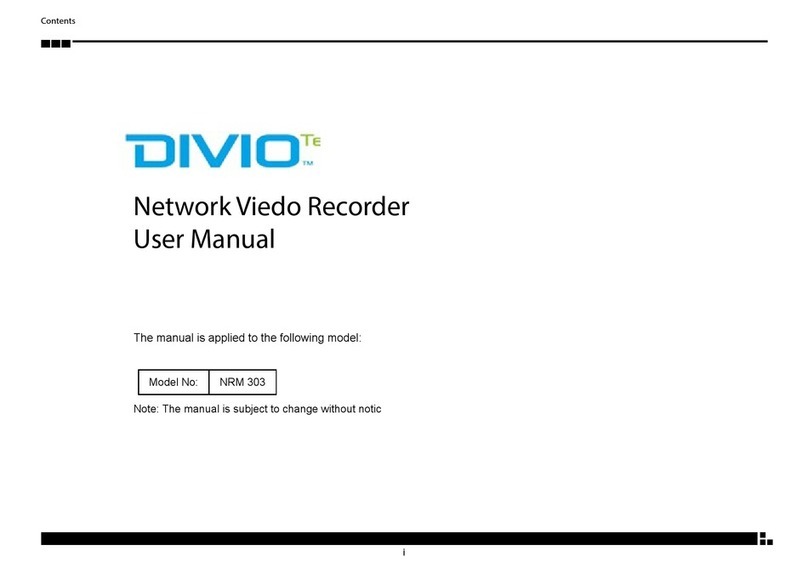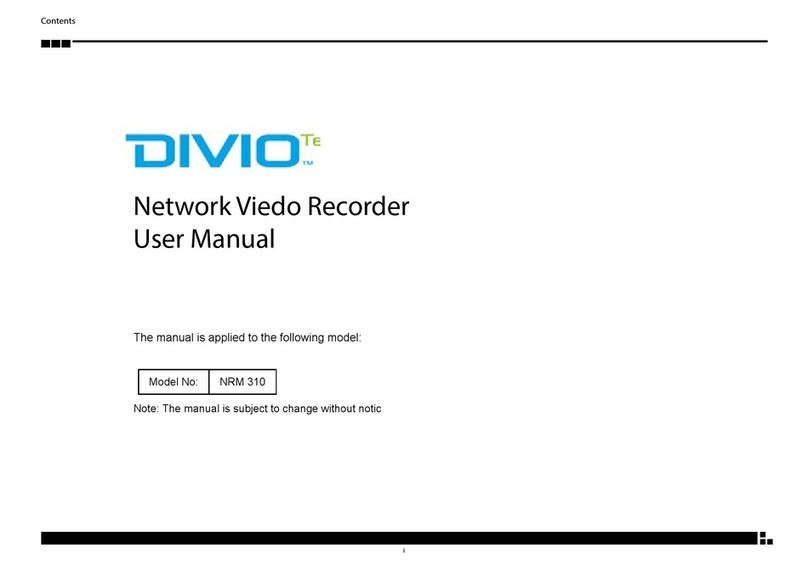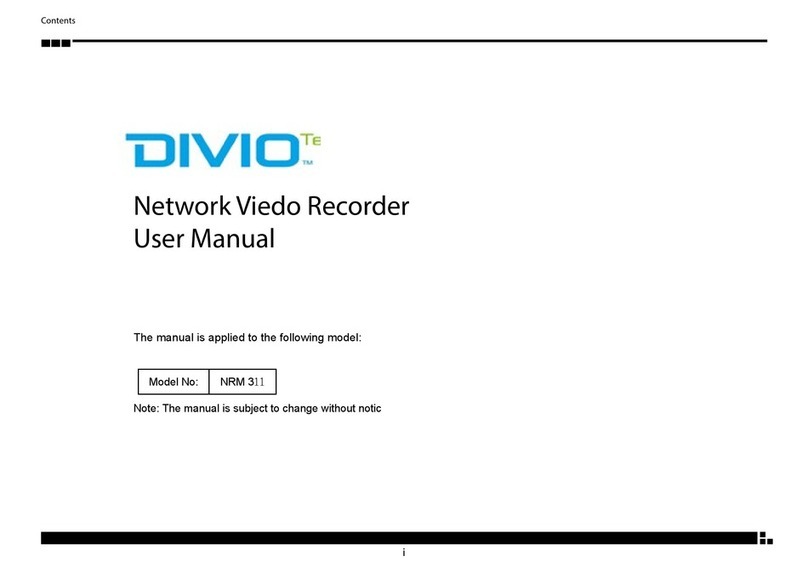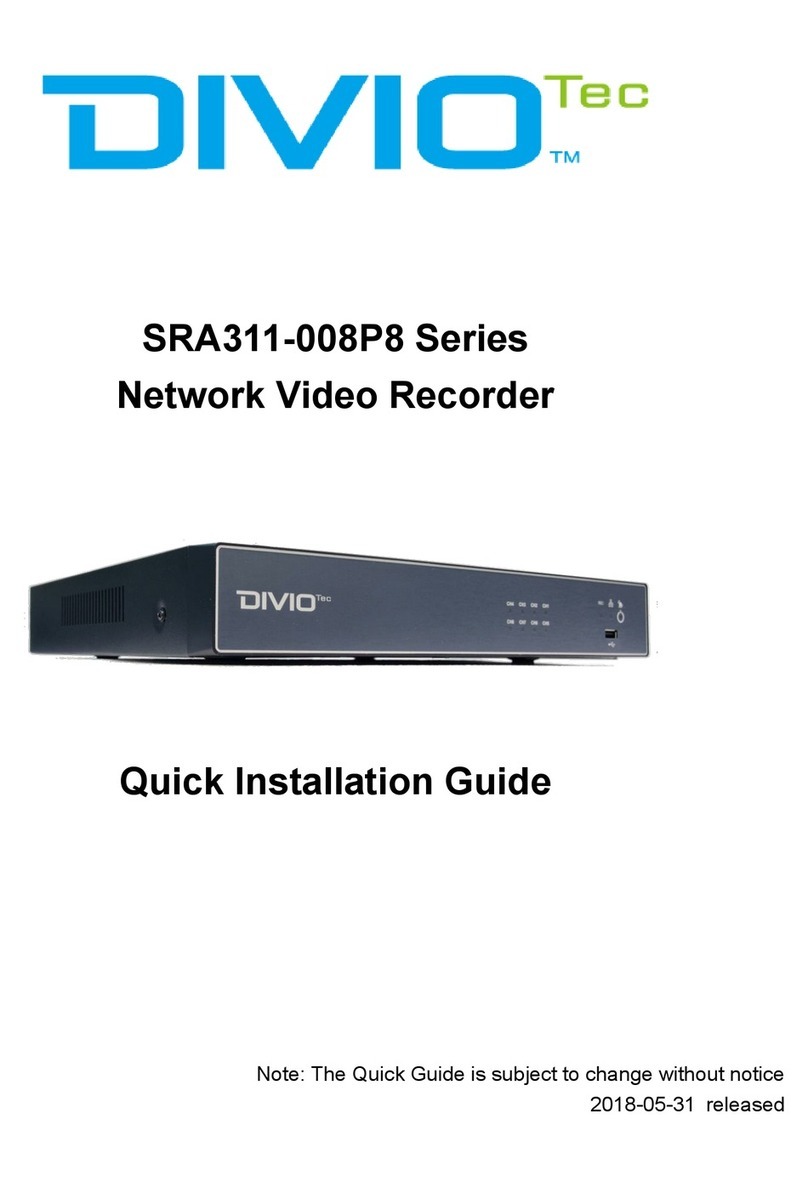COM2 RI/Power Select .................................................................................................21
MiniCard (CN26) Power Selection............................................................................22
WWAN Module Selection Table
(For Wake-Up & Voice Functions on Mini-PCIe CN26) ......................................23
Input Voltage Setup Selection ..................................................................................24
RTC Battery Connector.................................................................................................25
Debug 80 Port Connector ..........................................................................................25
COM Port Connecter (COM1 RS-232)......................................................................26
COM Port Connecter (COM2 RS-232)......................................................................26
COM Port Connecter (COM3 - RS422/485)............................................................27
MCU-DIO Connector.....................................................................................................27
Reset Button (Reserved)..............................................................................................28
Power Button Connector (Reserved)......................................................................28
SATA HDD Connector...................................................................................................29
OBDII Module Connector ...........................................................................................29
Debug Port.......................................................................................................................30
GAL Download Port ......................................................................................................30
GPS Connector................................................................................................................31
Internal WWAN SIM Card Socket (SIM 3) For CN27............................................31
MCU Download Port.....................................................................................................32
Mini-PCIe (USB + PCIe).................................................................................................33
Mini-PCIe (USB + PCIe).................................................................................................34
Mini-PCIe (USB)...............................................................................................................35
Mini-PCIe (USB)...............................................................................................................36
Chapter 4: System Setup
Removing the Chassis Cover .........................................................................................37
Installing a SSD/HDD Drive.............................................................................................38
Installing a WLAN Module (Half Mini-PCIe)...............................................................40
Installing a WWAN Module .............................................................................................40
Installing a SO-DIMM ........................................................................................................41
Installing a OBDII Module................................................................................................42
Appendix A: Software Demo Utility for I/O Ports of
Function Control
Menu Screen....................................................................................................................43
1.1 Status .........................................................................................................................44
1.2 Input Voltage...........................................................................................................44
1.3 Output Power..........................................................................................................45
1.4 GPIO Setting ............................................................................................................45
1.5 MCU GPIO Setting .................................................................................................46
1.6 WDT Setting.............................................................................................................46
1.7 WWAN Module ......................................................................................................47
1.8 Selection of RS-422 or RS-485 for COM3.......................................................47
1.9 Power O Delay Time ..........................................................................................47
1.10 Wake Up Function ..............................................................................................48
1.11 CAN Bus Setting .................................................................................................48
1.12 Interface Power ..................................................................................................49
1.13 Mini-PCIe Power .................................................................................................49
Appendix B: Using the GPS Feature
Setup and Using GPS Information ...............................................................................50
Appendix C: Signal Connection of DI/DO
GPIO Pinout Description..................................................................................................54
SW2 Setting..........................................................................................................................54
Digital Input .........................................................................................................................55
Digital Output......................................................................................................................56
Appendix D: Signal Connection of MCU DI/DO and
Event Button































